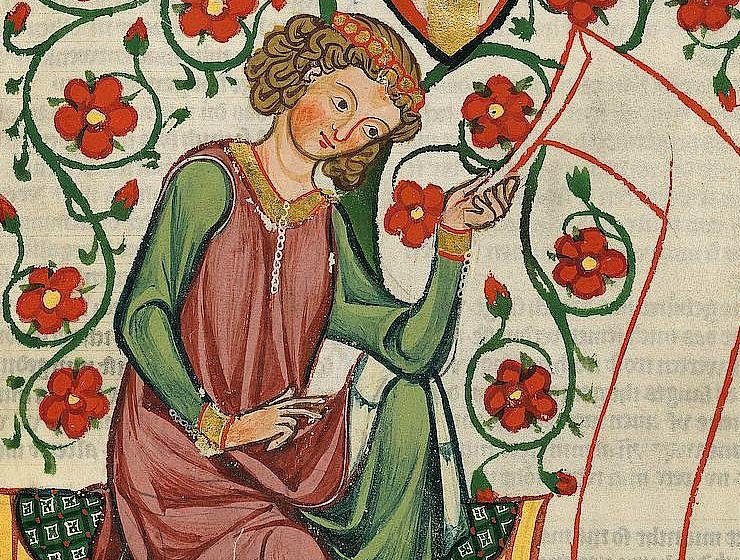Pedro I and Enrique II of Castile : the construction of a monstrous king and the legitimization of a usurper in the Chronicle of Chancellor Ayala
Article Sidebar

Main Article Content
Cecilia Devia
Universidad de Buenos Aires. Ciencia y Tecnología
To justify the confrontation between Pedro I and Enrique II of Castile, culminating in the murder of an unquestionably legitimate king in hands of his usurper brother, the chronicler Pero Lopez de Ayala build gradually a negative and somehow monstrous of Pedro I. Meanwhile, he attempts to prove that the count of Trastámara does not dethrones Pedro because of a personal ambition and breaking the rules, instead, he seems to be prevented to carry out with the mission of saving the kingdom from the terrible ills caused by the monstrous actions of his stepbrother. We will analyze the dichotomy between the negative and irrational portrait that Chancellor Ayala, one of the biggest responsible for that Pedro will be remembered as “Rey Cruel”- builds with skill, and what the practices he reveals says themselves. A meticulous scrutiny of the documents reveals a policy of regional power building through practices in which different functions of violence. Ware involved: economic, socializing, with exchange, symbolic, of justice, foundational, cultural, etc. We present here what might be called a cross dichotomy, which would face two internally contradictories terms: a monstrous but legitimate king against a usurper who is a providence’s instrument. What the construction realized by the trastamarist propaganda would have made, which from the chancellor Ayala would be the most brilliant exponent, is the conversion of a legitimate king in a illegitimate one, by nature of its own monstrosity, and the conversion of a usurper who -as shows the definition itself, is illegitimate- in a legitimate king, in function of the realization of a divine mission.
Article Details
How to Cite
Devia, Cecilia. “Pedro I and Enrique II of Castile : the construction of a monstrous king and the legitimization of a usurper in the Chronicle of Chancellor Ayala”. Mirabilia: electronic journal of antiquity and middle ages, no. 13, pp. 58-78, https://raco.cat/index.php/Mirabilia/article/view/283121.
Most read articles by the same author(s)
- Cecilia Devia, Katechon and right of resistance: an approach from the Middle Ages , Mirabilia: electronic journal of antiquity and middle ages: No. 21 (2015): Medieval and Early Modern Iberian Peninsula Cultural History
- Cecilia Devia, The right of resistance of the subjugated people. An example of case: the late medieval Galicia , Mirabilia: electronic journal of antiquity and middle ages: No. 24 (2017): Manifestations of the Ancient and Medieval World
- Cecilia Devia, The war in the Chronicle of the King Don Pedro by the Chancellor López de Ayala , Mirabilia: electronic journal of antiquity and middle ages: No. 8 (2008): The chivalry and the art of war in the Ancient and Medieval World
- Cecilia Devia, Carlos dir. Astarita, The late medieval Castilian nobility and the king : building and redistribution of power , Mirabilia: electronic journal of antiquity and middle ages: No. 9 (2008): Aristocracy and nobility in the Ancient and Medieval World